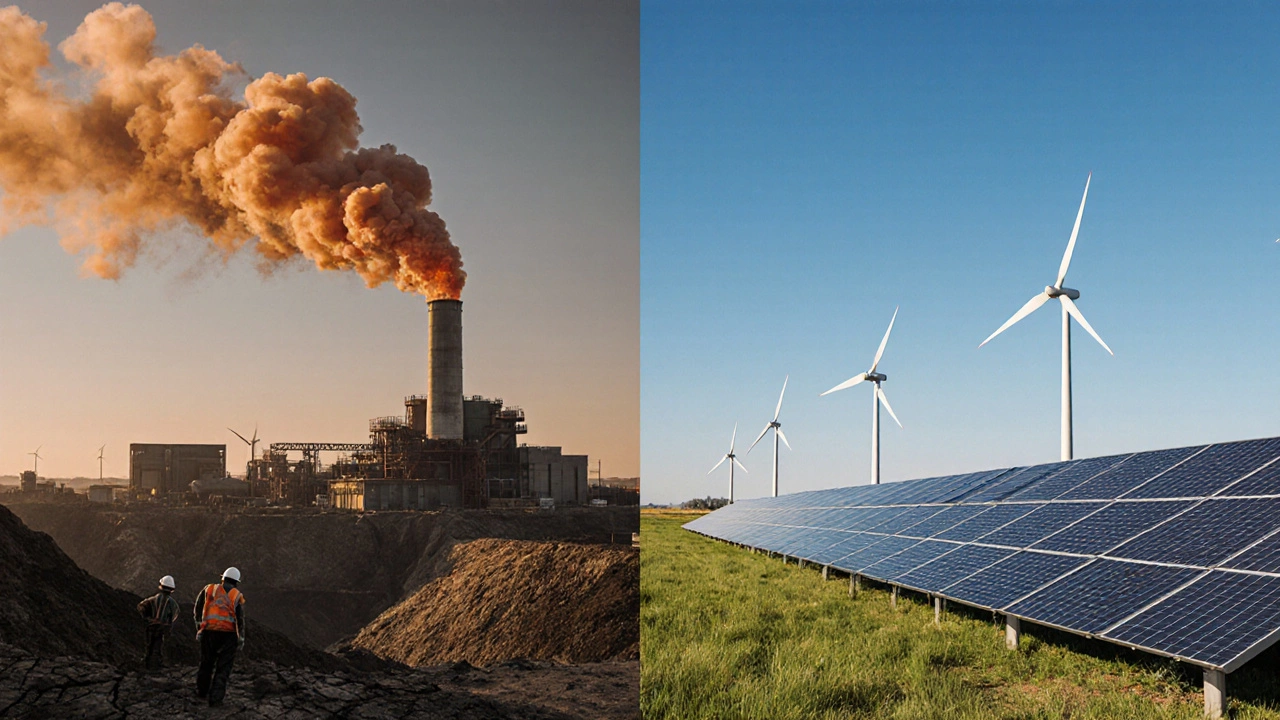Renewable Energy Safety: Risks, Solutions, and Real-World Insights
When we talk about renewable energy safety, the practices and systems that prevent harm during the production, storage, and use of clean energy sources like solar, wind, and batteries. Also known as clean energy safety, it’s not just about avoiding fires or falls—it’s about making sure the shift away from fossil fuels doesn’t create new dangers. Solar panels might look harmless, but they carry high-voltage DC current even when the sun isn’t shining. Wind turbines, towering over fields, need strict protocols for maintenance crews working at height. And those batteries storing energy for cloudy days? Lithium-ion systems can overheat, catch fire, or even explode if not handled right.
These aren’t theoretical risks. In India, rooftop solar installations have seen cases of electrical fires due to poor wiring or cheap inverters. Wind farms in Tamil Nadu and Gujarat have had incidents during blade repairs, where safety gear was skipped to save time. Battery storage units in Delhi and Bengaluru have overheated because they weren’t properly ventilated or monitored. solar energy safety, the specific measures taken to prevent electrical, thermal, and structural hazards in photovoltaic systems isn’t just about following codes—it’s about training installers, inspecting every connection, and using certified components. wind energy safety, the protocols ensuring safe operation and maintenance of wind turbines, especially during extreme weather and high-altitude work requires fall protection, lockout-tagout procedures, and real-time turbine monitoring. And energy storage safety, the management of risks in battery systems used to store electricity from renewables, including thermal runaway prevention and fire suppression is becoming a top priority as more homes and factories rely on lithium-ion backups.
What’s clear is that safety isn’t an afterthought—it’s built into every stage. From the factory that makes the panels to the technician climbing the tower, everyone needs training. Regulations exist, but enforcement varies. That’s why real-world examples matter. You can’t just read about safety—you need to see how it plays out on the ground. Below, you’ll find posts that break down what goes wrong, how it’s fixed, and who’s making it safer across India. No theory. No fluff. Just what’s actually happening with renewable energy safety right now.




